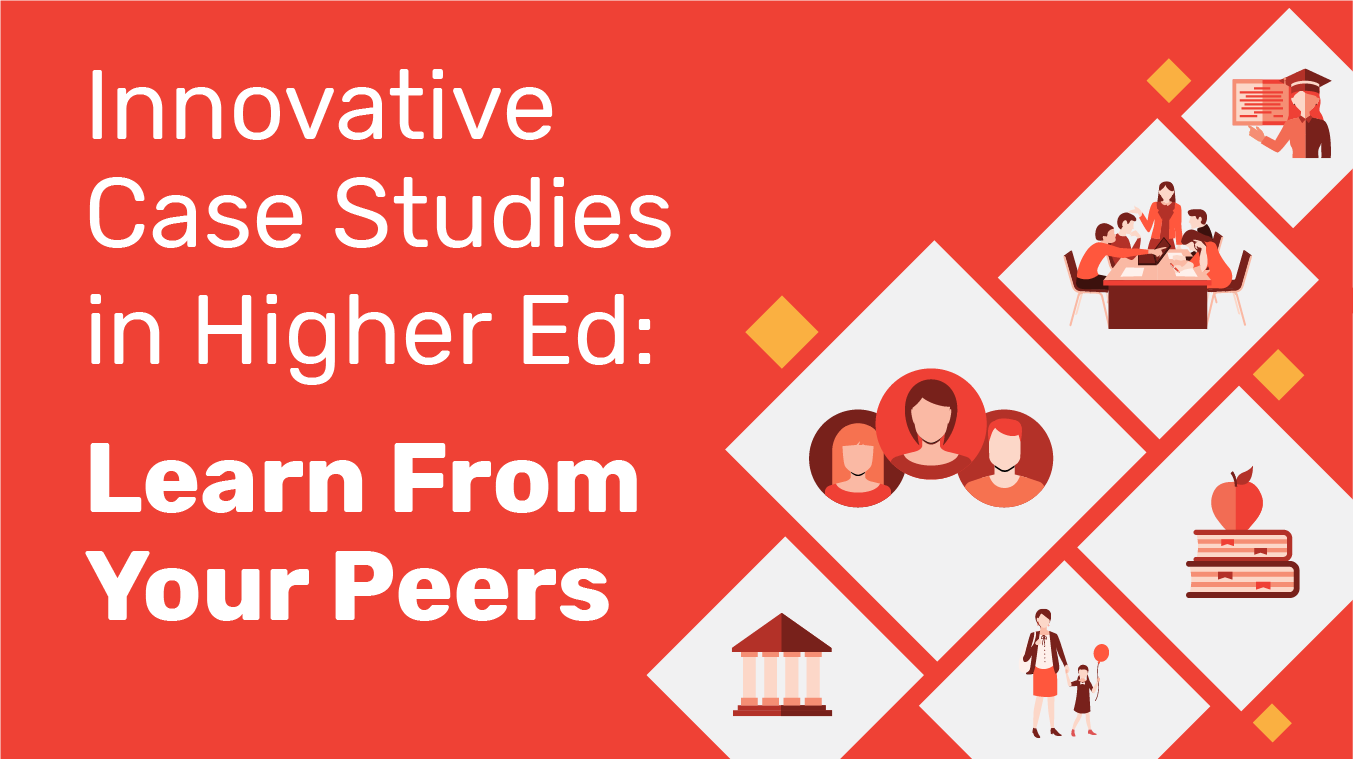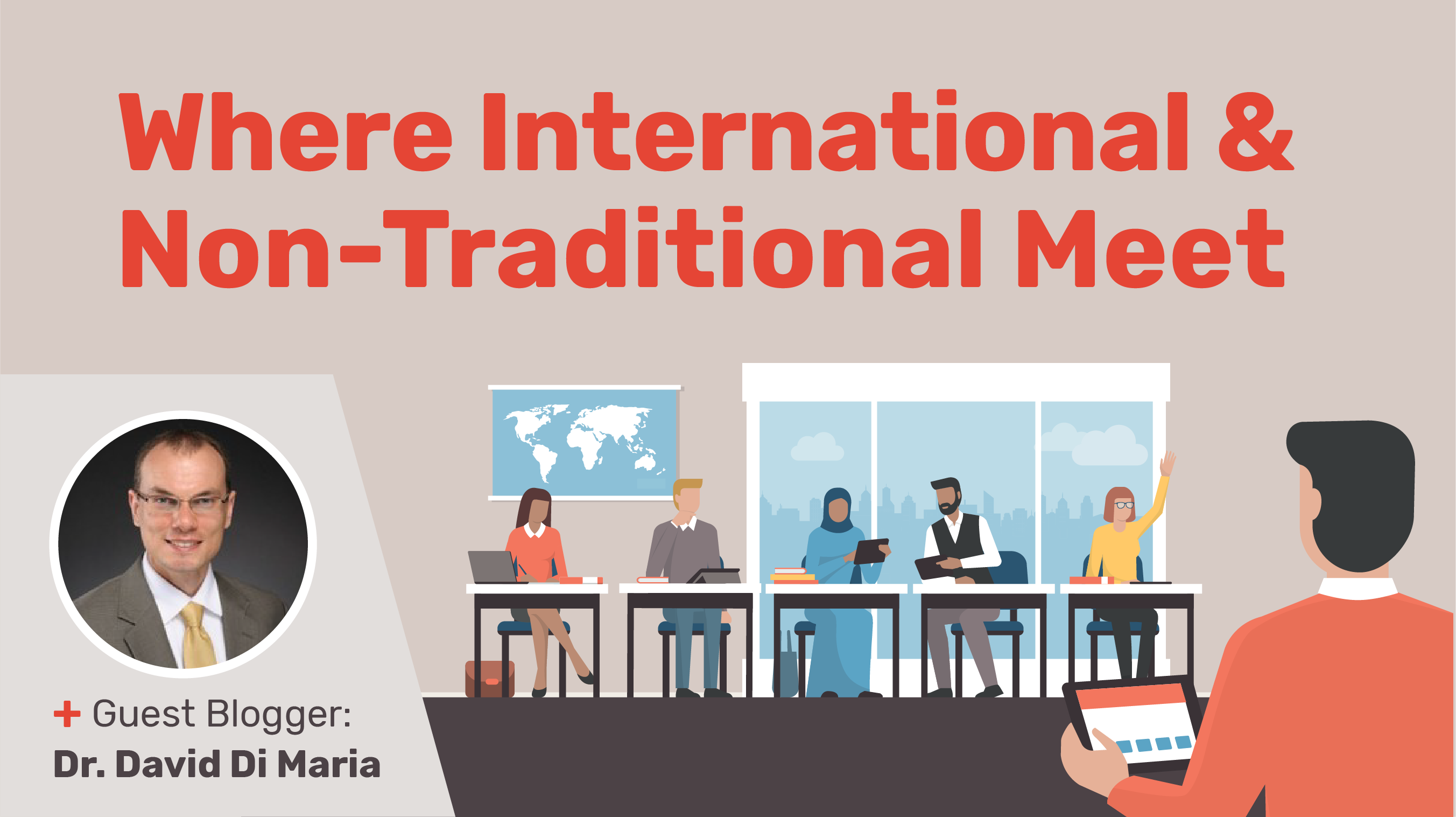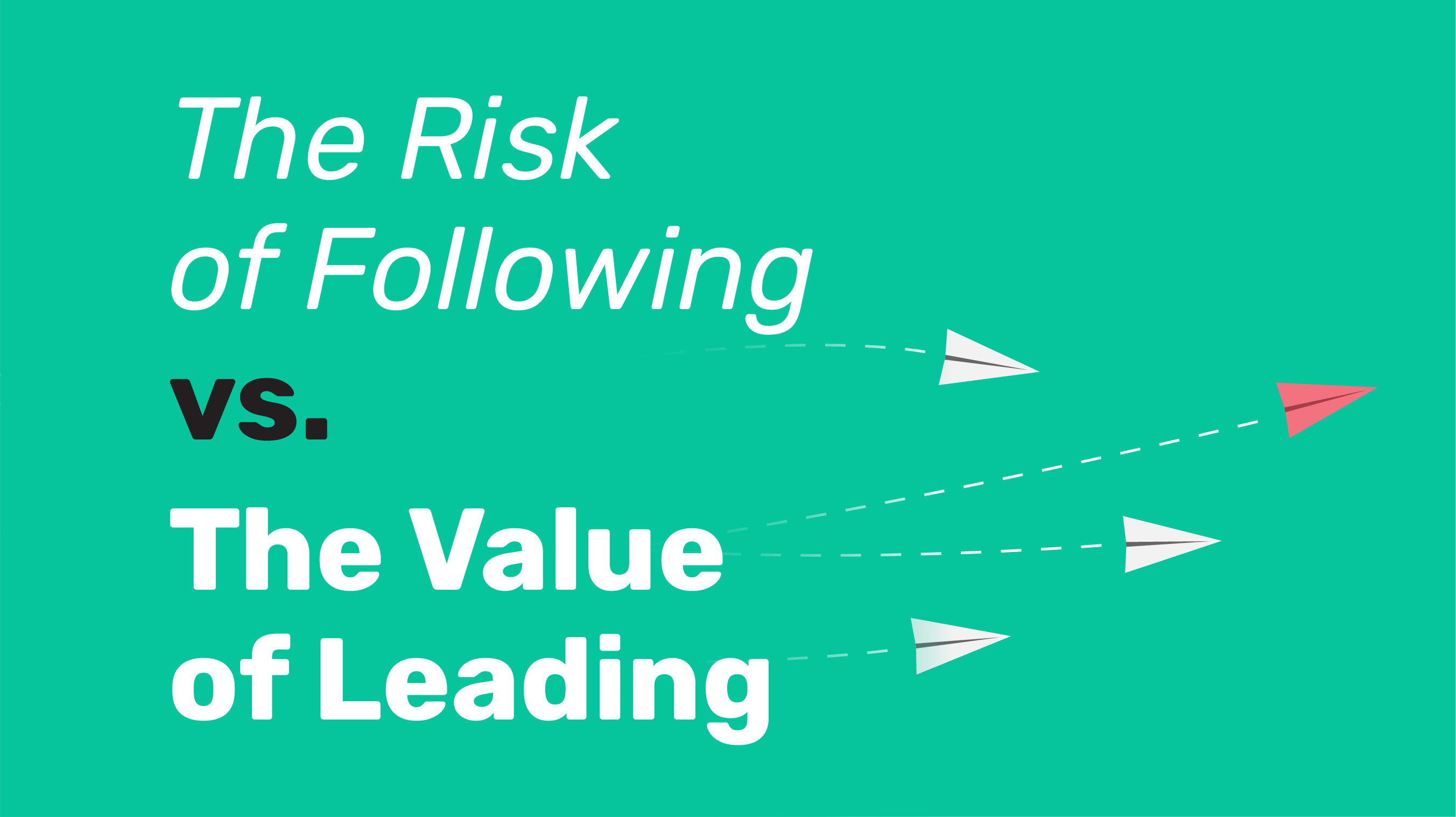Can you hear the clamor? That's enrollment professionals across the US trying to figure out how to fix their graduate enrollment numbers. Oh, and their undergrad numbers too. You've probably already been thinking about where the emerging markets are for higher education as the enrollment trends shift.
The tools we use to segment and engage global student markets are equally applicable to domestic markets here in the US as well. We have a number of international higher ed clients seeking to build awareness in and enrollment from the US market.
The US domestic market is a complicated one, to be sure. As the current international enrollment numbers decline, we are helping both foreign and domestic institutions identify and capture new markets. It's a time of great dynamism.
Want To Know What Your Peer Institutions Are Doing?
This is why we are talking more and more about "non-traditional" students. Did you know that non-traditional student enrollment is projected to grow 21.7% from 2016-2022?
A desire to attract these domestic segments (the range of non-traditional students) is transforming the way that many institutions think about their programs, campus life and overarching communications strategy.
You may have read our guest blog post from a few weeks ago by Dr. David Di Maria, covering the many similarities between the underlying motivations of international and non-traditional students. If not, we highly suggest you check it out here.
This week, we want to share with you some personal stories from the people behind institutional brands doing very big things in the field of non-traditional student recruitment. We're willing to bet there are a few people in your own institution (just a few clicks away) who could use these insights.
As always, we encourage you to share this content. And we encourage you to reach out to us and let us know what challenges you are facing. Maybe you can prompt our next research project.
Are you ready? All of these excerpts are taken directly from full-length interviews you can read in our latest e-book, Quality. Cost. Convenience. How Academic Leaders are Competing for Today's Non-Traditional Students. If you enjoy what you read here (or know someone else who might) we invite you to download the full e-book.
Let's see what some of your most innovative peers have to say...
Read More





